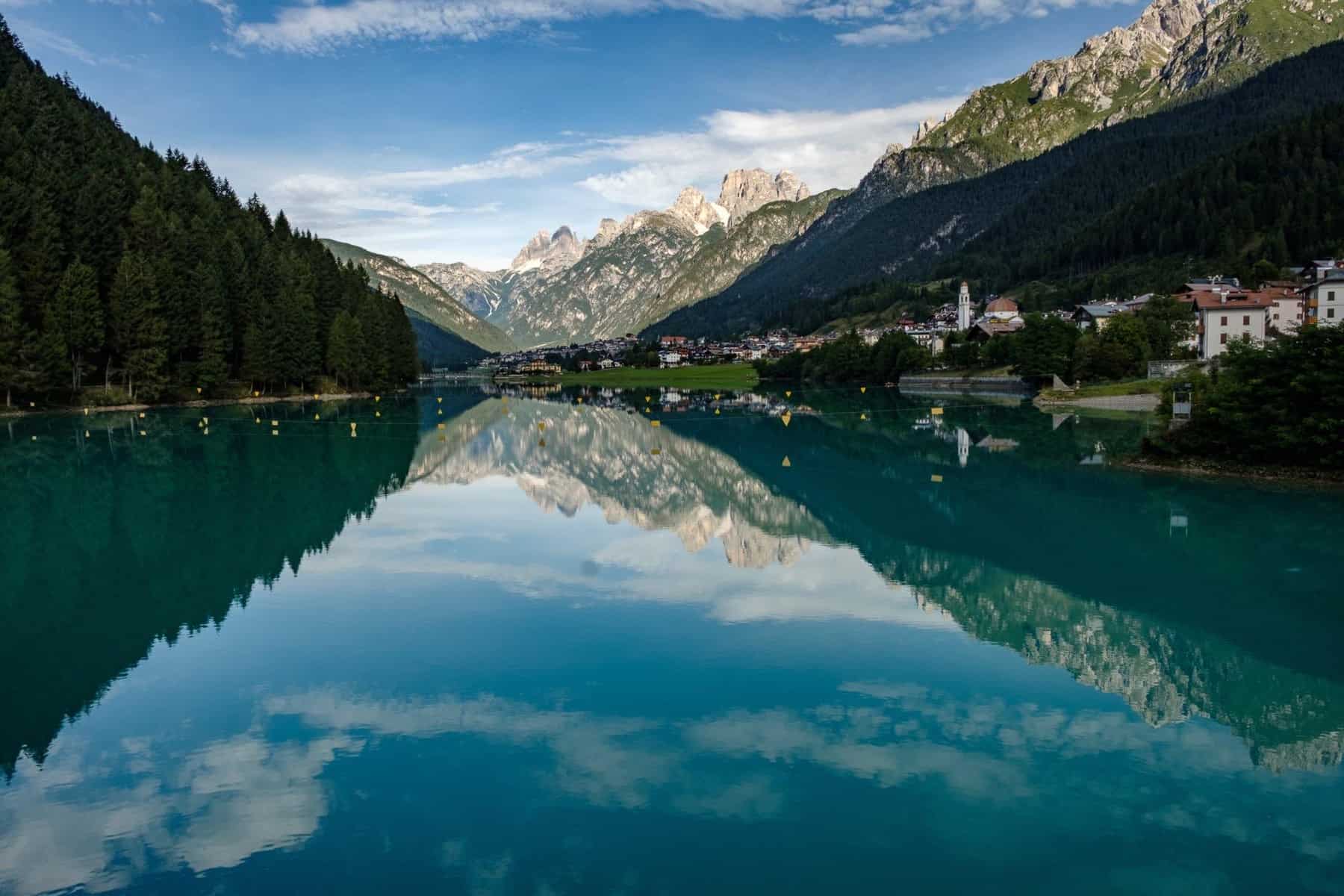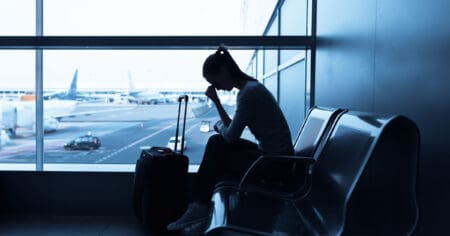
Who are our three experts
Three excellent photographers, who are members of our group. They volunteered.
Why for? First, to answer our newbie questions. Then, to eventually offer their advice in one form or another to improve the photographic world of milesopedia’s travellers.
That is, if you want to.
Here they are:
- Aline Le
- Richard Provost
- Bernard Dery
Aline
Aline is this young woman whose beautiful pictures you have surely been impressed by in the articles she published on milesopedia:
- Our travel guide to Antarctica
- Our travel guide to Tibet
- Our travel guide to Galapagos
- How to save on transportation in Japan?
100% self-taught, as she says, Aline learned from experience and reading. Photography is her favourite activity while travelling. She aims to tell stories that she then shares with family and friends.
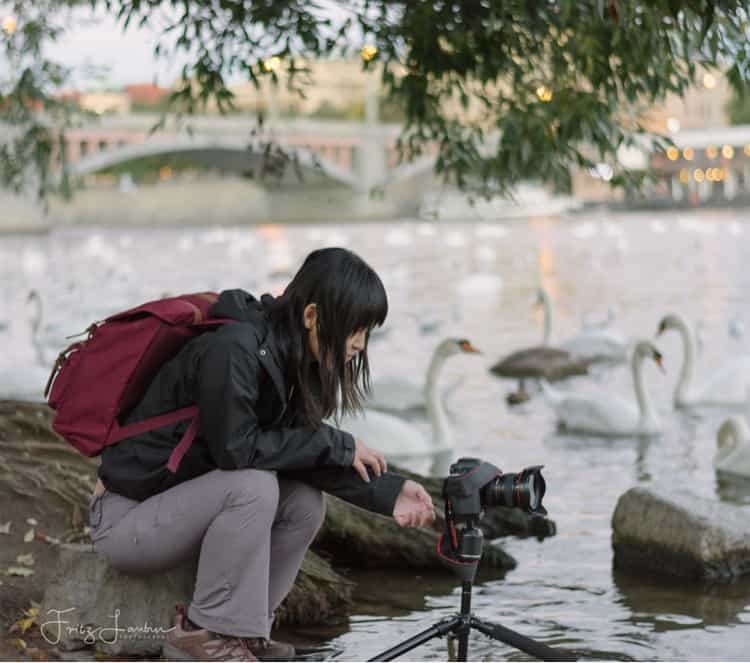
Her favourite subjects are everyday life and landscapes, street and landscape photography as well as lifestyle i.e. photos of families, couples, children, etc.
She accepts contracts from time to time.
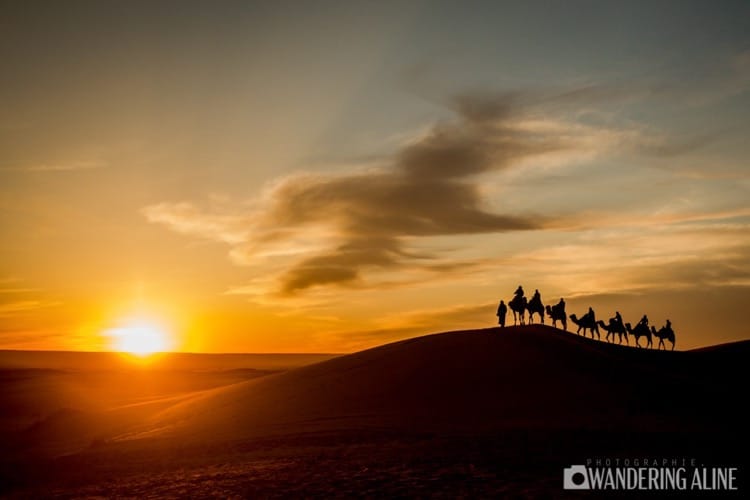
Richard
Richard is our advanced amateur photographer who has been practicing the art of photography for about 40 years. He never coined his pictures.
He started as a teenager in the school photo club, equipped with his first camera: a Nikon FE.
What he prefers most of all is capturing everything that moves: pets, wildlife, sporting or cultural events.
He also has an interest in night photography while traveling. This requires him to locate places during the day and revisit them late at night under the artificial lighting of buildings.
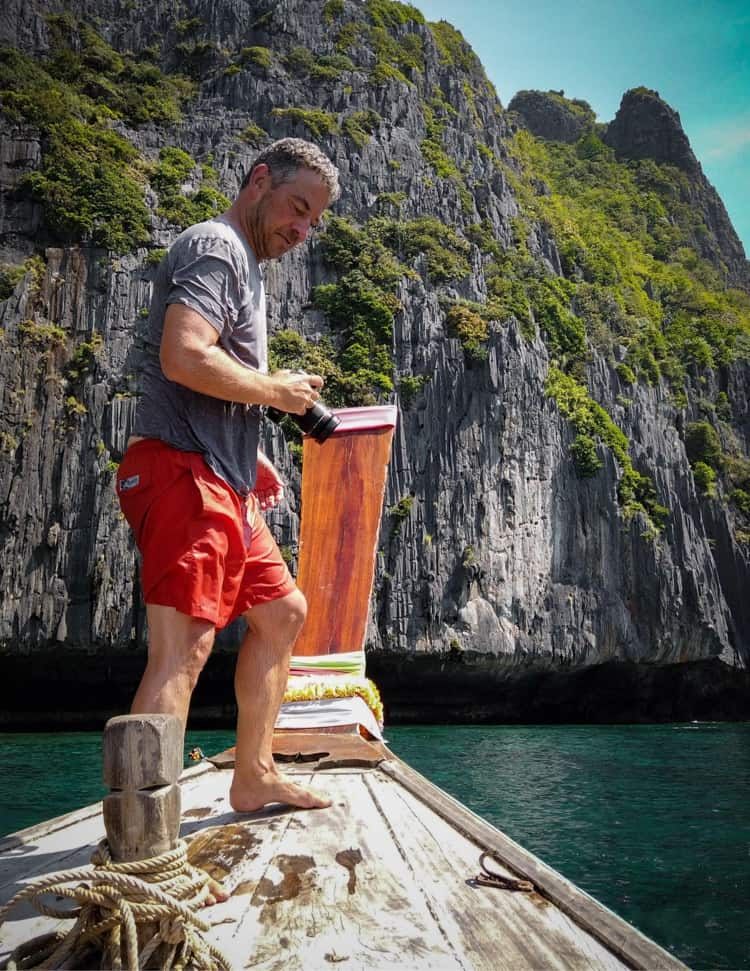
We had a passionate teacher who taught us the basics of composition and the exposure triangle up to photo processing in the darkroom.
Richard
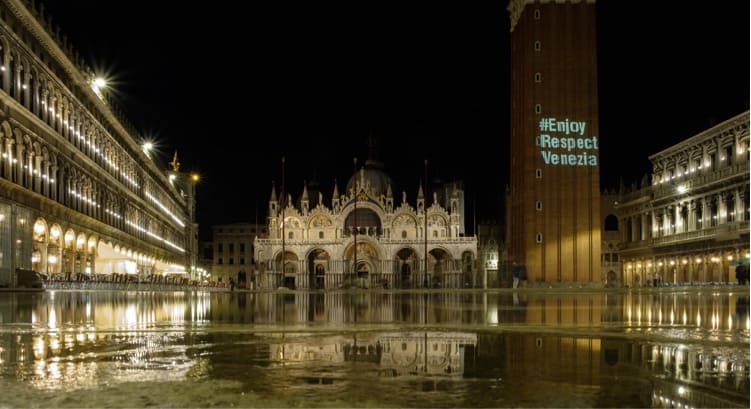
Bernard
Bernard is our doctor of physics, specialized in optical science.
Optical designer before becoming team leader, he is very familiar with the technical aspects of imaging and photography.
He writes equipment tests (lenses, cameras, studio equipment, bags, etc.) and articles on technique and accessories. His articles are listed here.
As far as taking pictures is concerned, he has learned partly on his own, by taking online courses, video training, participating in photo clubs and reading books on technique and composition.
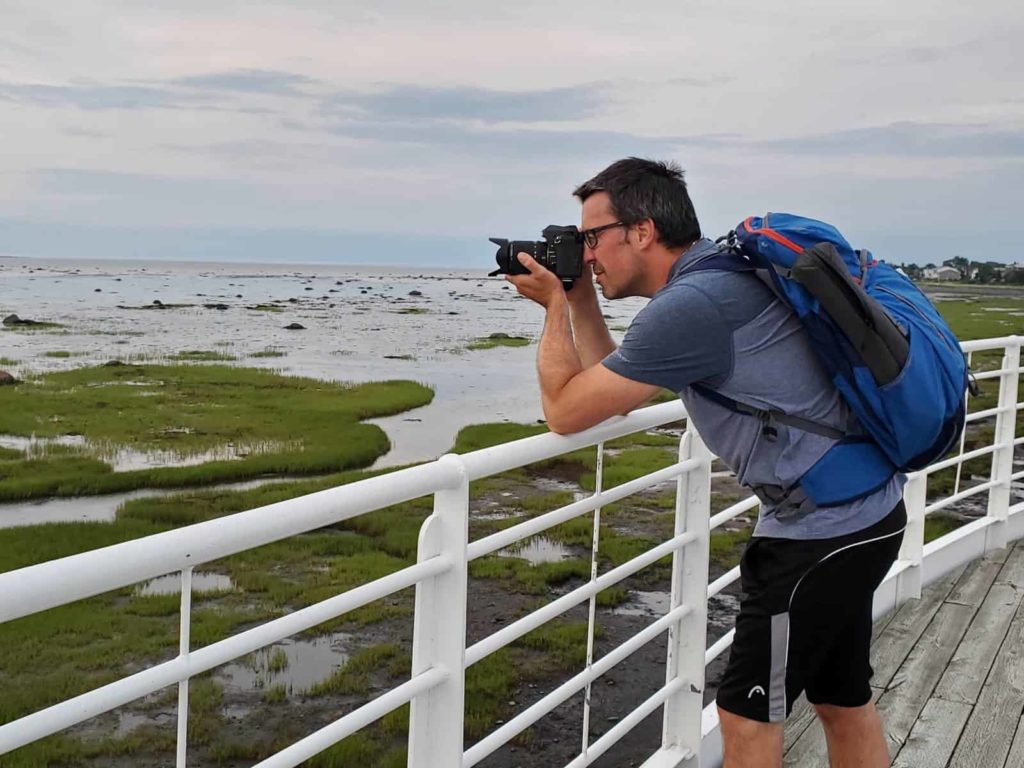
He likes to take pictures of landscapes/cities, both during the day and at night. He also does portraiture in the studio and outdoors. He doesn’t take on contracts anymore, because of his family.
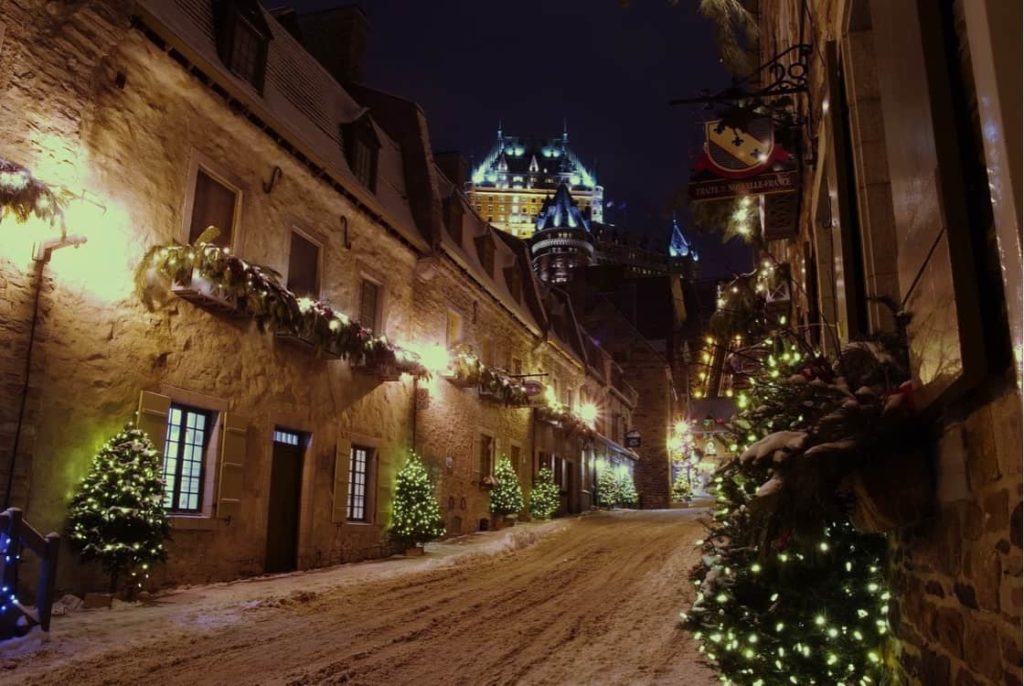
The equipment
From the outset, our photographers agreed not to promote one brand of camera more than another. Each of them uses different equipment. The same applies to the use or non-use of filters.
However, they agreed on the importance of the photographer’s eye to find the right shot. The technique then supports the creative eye.
One of my best pictures is the one of the Everest camp. I didn’t have much experience at that time and I had taken several pictures of the mountain, but there was still a little something missing. The shot wasn’t to my liking. Then, by pure chance, I “saw”, even before raising my camera. What was missing was a foreground to the landscape. I finally understood “how to use photographic composition”. And I used my iPhone 5 for this picture! I am very proud of the result.
Aline
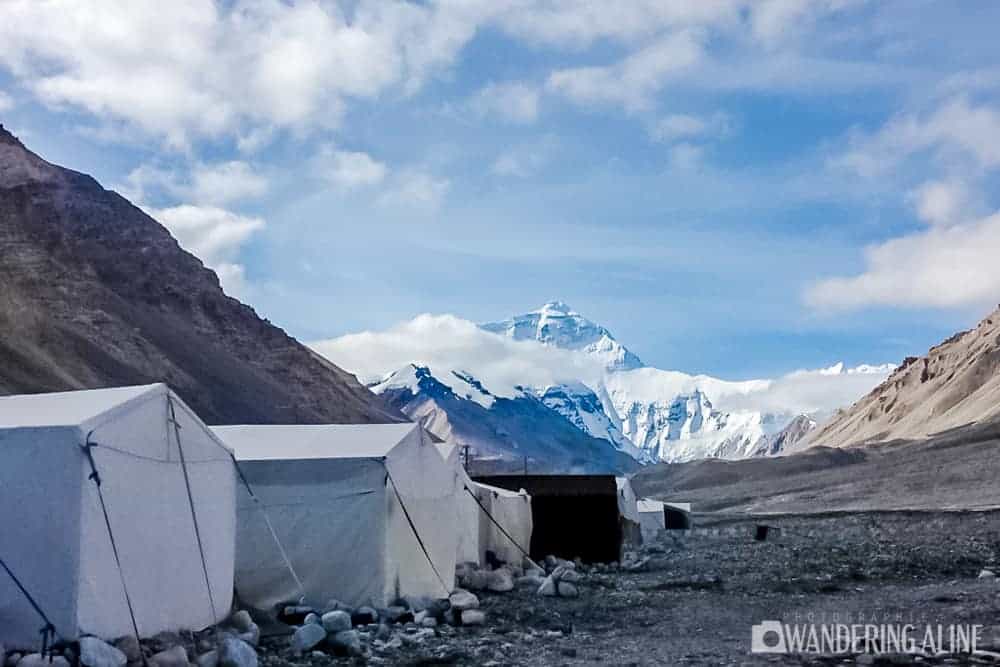
Cameras
As mentioned, we’re sticking to the generalities here.
First of all, our three experts tell us, like everything else, you have to do your homework.
- As for applying for the right credit card, first define your needs: the kind of pictures you want to take, the volume you are ready to carry, the weight, etc.
I have a camera with a mirror, but if I had to do it over again, I would buy a camera without it, so it would be lighter. In fact, I’m thinking more and more about selling everything I have to start over with a new technology that’s just as efficient but saves on weight.
AlineSome devices have a built-in GPS; you can even take pictures of stars by following the movement of the stars like a telescope mount!
Bernard
But ask yourself before you buy: Is this really what I need?
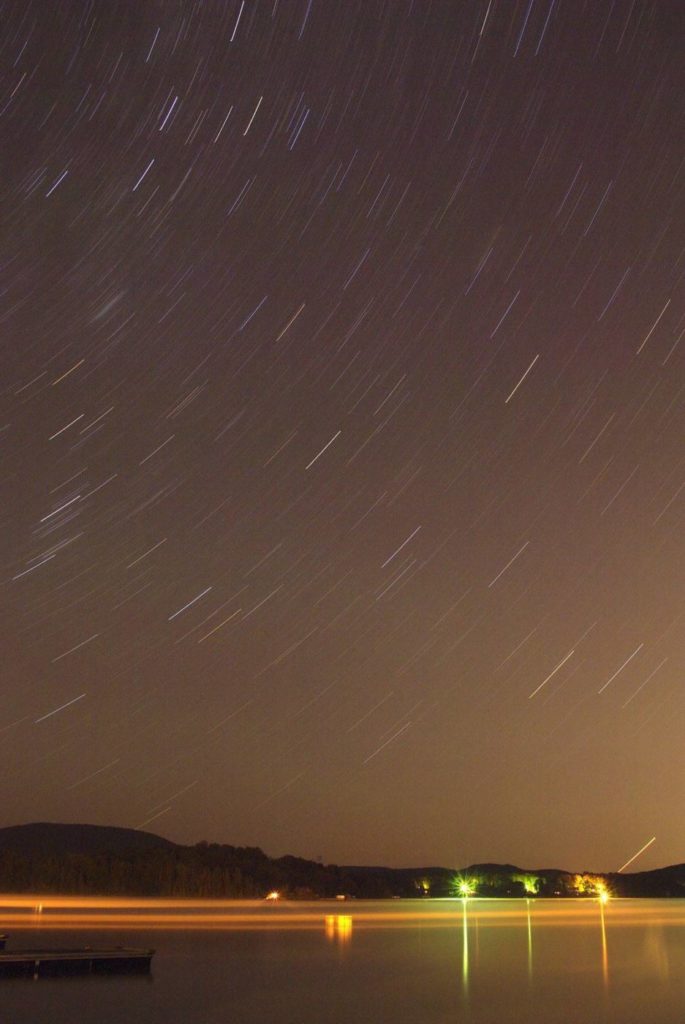
And beware of the “big brand” fashion which will not make you better photographers if you don’t master the basics, our three photographers say.
Just because the camera costs more doesn’t mean it will take better pictures! A friend lent me his Canon 1D camera which costs several thousand dollars. When I gave it to him, he asked me if I could put it back in automatic mode because I had changed it to the manual option. He didn’t know how to do it!
Aline
So here are some basic tips.
- To go to the beach, a small submersible camera is more than enough.
- For light travel, some fixed lens cameras are very compact and powerful.
- For fixed lens cameras, avoid using the digital zoom; quality is lost when the camera’s optical zoom is exceeded.
- Finally, you don’t need 2,000 megapixels unless the photo is intended to become a poster or advertising material.
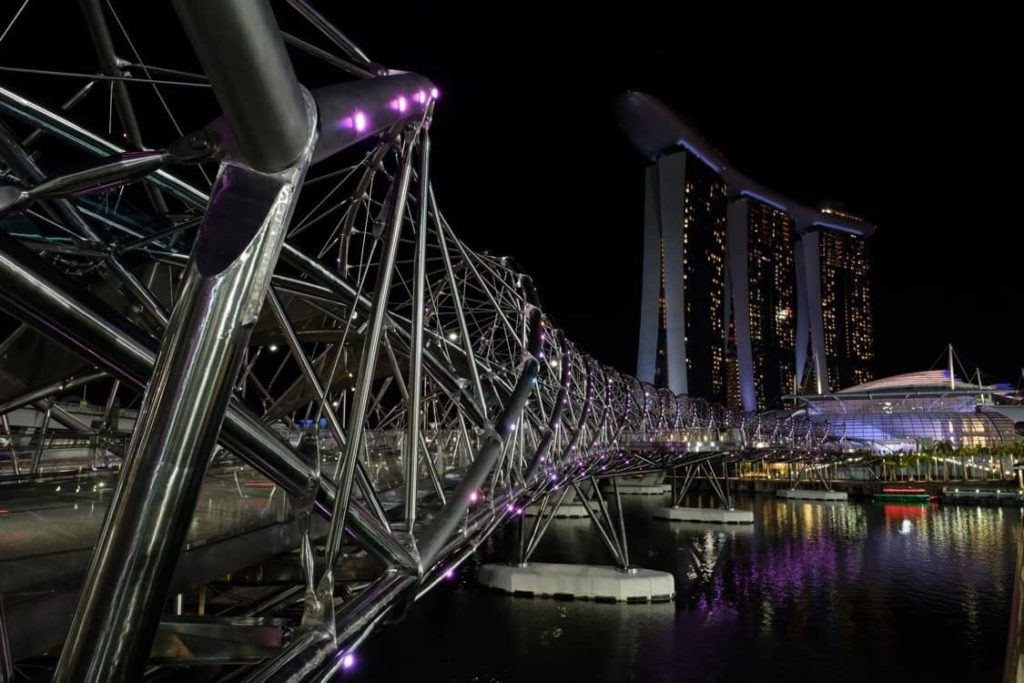
Cell phone cameras
What do our photographers think?
- In 2020, for the majority of people, a cell phone with a good camera (iPhone 11 Pro Max is an example) could be enough. The functions are more and more advanced on cell phones. And as a bonus, it’s practical and light!
- However, people are advised not to use the “wide angle” lens now available on many phones: the images produced contain too much distortion. Still, this lens allows you to capture more landscape in the selfies you take.
- To document an event and create dynamic photos, Bernard suggests using the self-timer function included in many cell phones (Samsung and LG, among others) which allows to trigger a 3-second timer when it detects a hand wide open in the image.
- However, you need to take into account the position of light sources and observe the same composition rules as for any photo.
Finally, a “real” camera would bridge the gap in quality and offer some controls that cell phones can’t do.
Tripods
Our photographers frequently use tripods.
The gorilla pod wins here. It comes in several sizes depending on the type of camera. It is certainly not as stable as a real tripod, but because of its compact size, it has the advantage of being easy to transport.
Otherwise, you can always use street furniture, a rock, a sweater etc. The camera’s self-timer function can also be used for this purpose.
For night shots, however, it is better to use the tripod to get a sharp picture because the exposure time is longer.
A tripod:
- to create a “flowing” effect on moving water
- when the light is dimmed
- when you want to be in the picture
- at night, to photograph the moon or the stars.
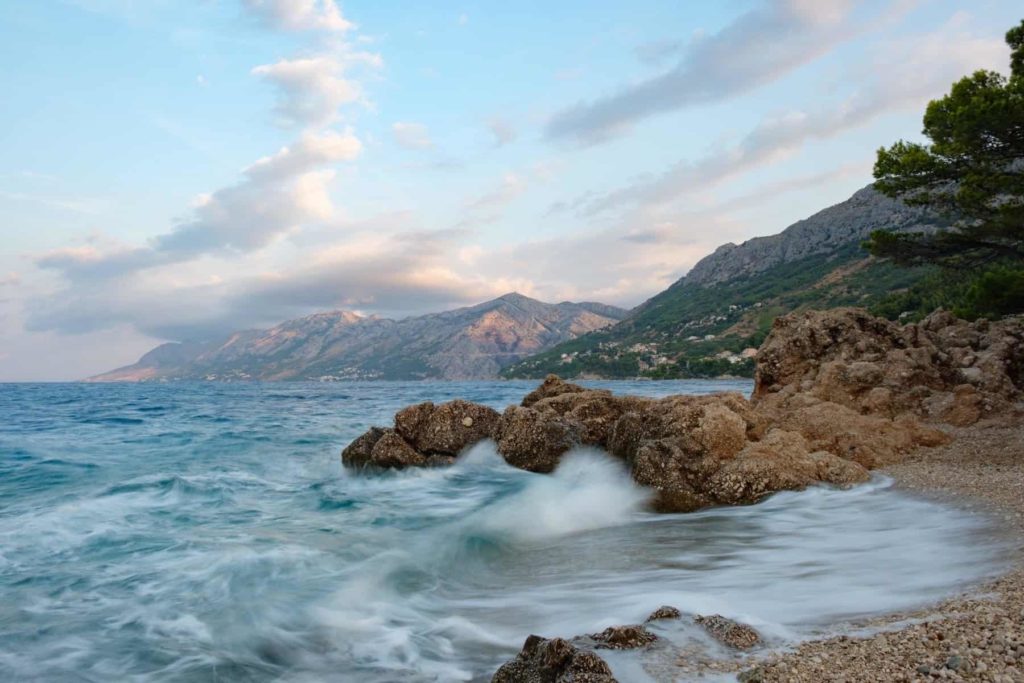
And if you want more equipment, there are many types of tripods. For example, as Bernard suggests:
- A big tripod with a “gimbal” head to support big lenses or to be ensure a great stability.
- Extremely light (less than 2 pounds) and short (12 inches when folded) “travel” tripods, or a slightly heavier (2.8 pounds), but more compact, sturdier tripod that includes several particularly useful features (such as a built-in cell phone holder.
Their recommendations for investing in a tripod are as follows:
- Don’t try to save money by buying on the cheap. You’ll always regret it.
- Don’t buy the most expensive one either. First of all, as with cameras, you must understand your needs: When do you plan to use it, in what context, what are the criteria and/or characteristics that really matter? Light, compact, solid, stable, water-resistant?
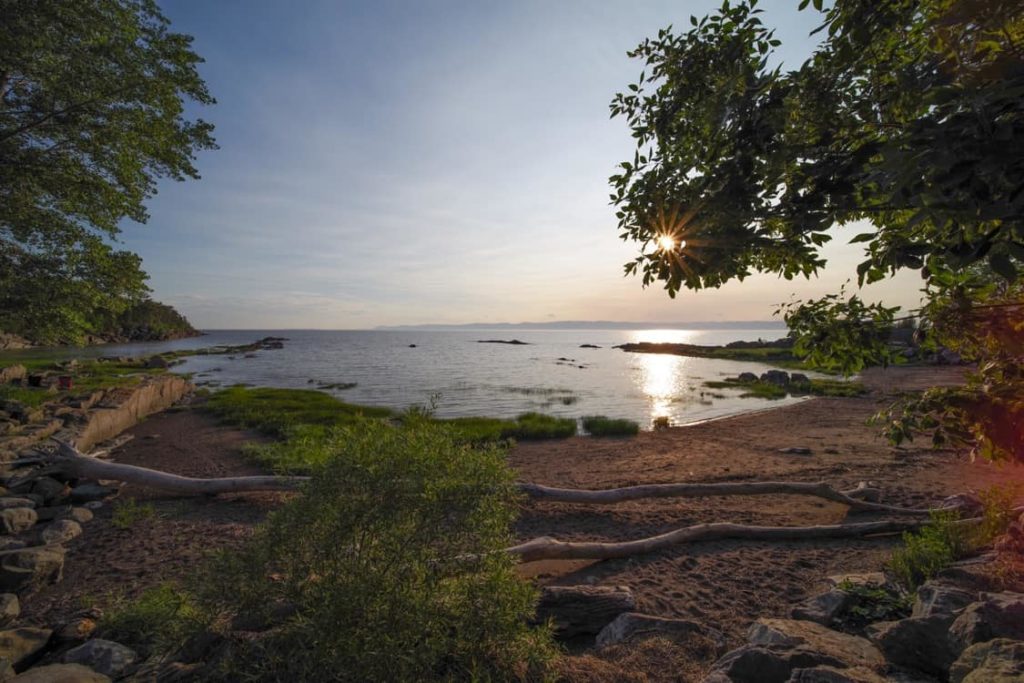
Strategies for taking beautiful photos
- Learn about photographic composition and practice “developing the eye” by looking at the kind of photos you are interested in (Instagram and Pinterest can be used as references for this).
- Set the horizon straight (can be corrected in post-production but it’s better to do it right away).
- Master the rule of thirds (place the main subject in one third of the picture, the secondary subject in another third, etc).
However, there are several rules of composition, the two most frequent being the golden ratio (used in art, and frequently found in nature) and its approximation, the “rule of thirds”.
The subject can also be centered depending on what you want to create. The same goes for landscape or portrait format. But be aware that centering the subject is generally not very creative.
There are many other compositional elements. Whole books have been written about it: complementary colours, putting the lens slightly in front of the subject, curved posture for women and more square for men, shoulder position, etc. The list is endless! There are also applications that provide tons of examples of “postures” to use, both for individuals and for couples, families, groups, etc.
Bernard
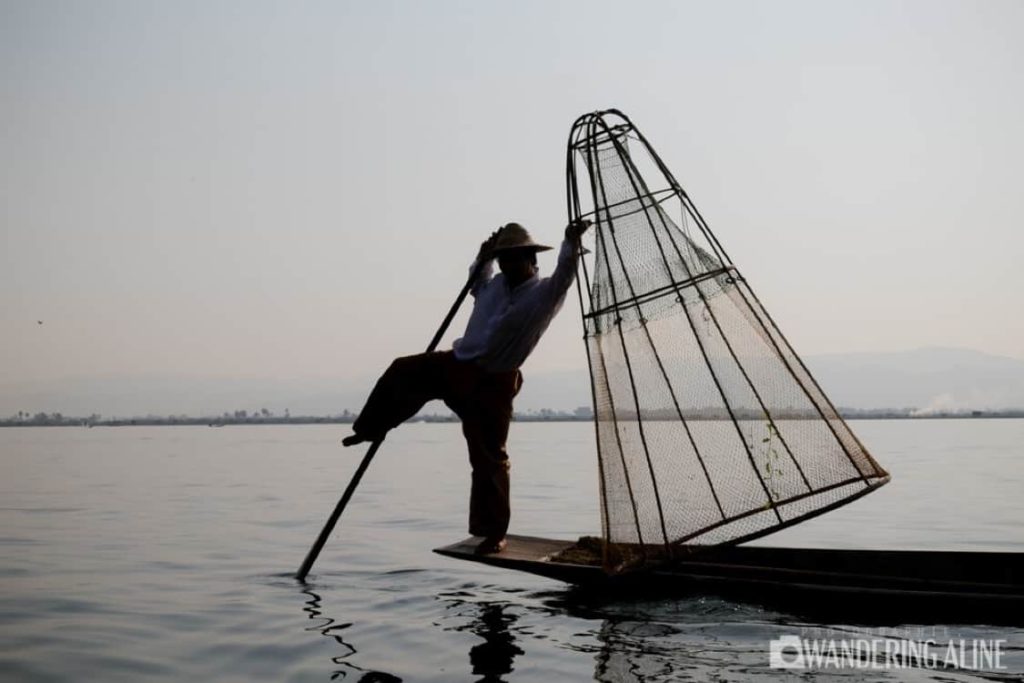
- The light is always best early in the morning and close to sunset. The colours stand out better (at golden hour).
Forget about the noon sun with the azure blue sky if possible.
For a portrait, a diffuse light is suggested; for example a cloudy sky is best. Also, light control is paramount, whether it is with reflectors, flashes, etc.. Taking control allows you to go from “pretty memories” to “memorable photos”.
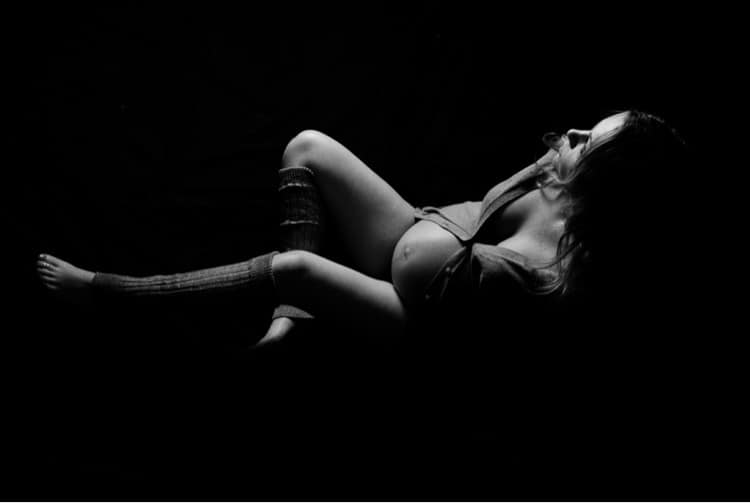
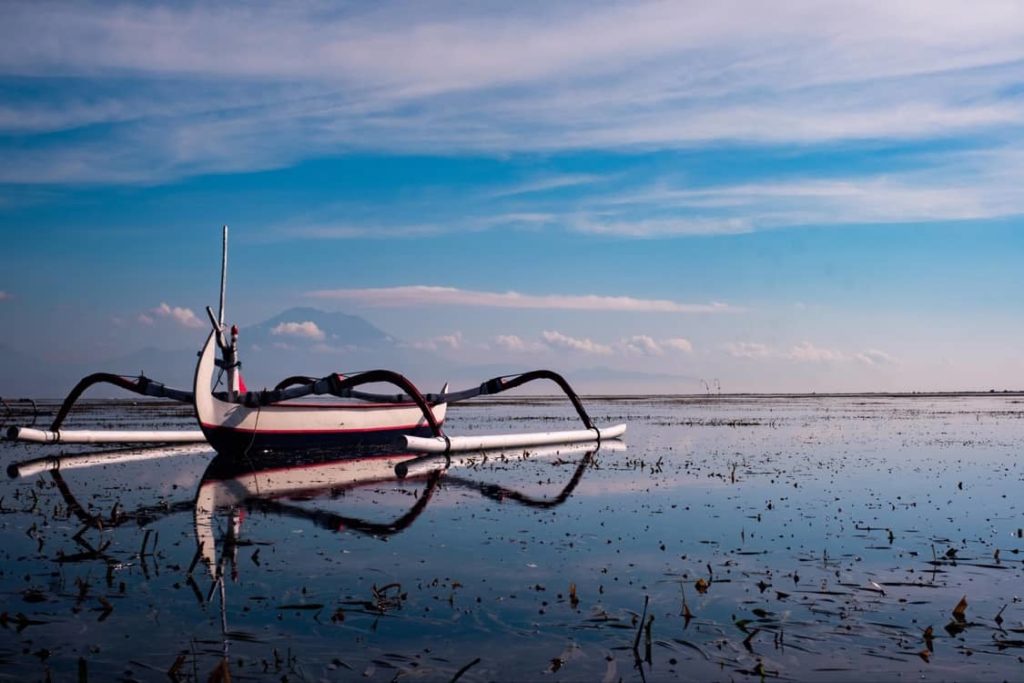
Photo storage and transfer
A service like Google Photos offers unlimited storage but limits the size of your images. You can insert links but you can’t share them on a forum, for example.
To send pictures from one person to another, Google Drive, Dropbox and other such applications work well in their free version. The files are kept safe.
To share multiple files, a personal site is often useful, but is not free (ex: SmugMug, unlimited storage with templates, about $US 60 per year).
Amazon photos (included when subscribing to Amazon Prime) displays no size limit on images, but it seems that like Google Drive, a size reduction occurs when sharing.
WeTransfer allows you to send the images without any compression (mandatory when the images are developed in large format for promotional material).
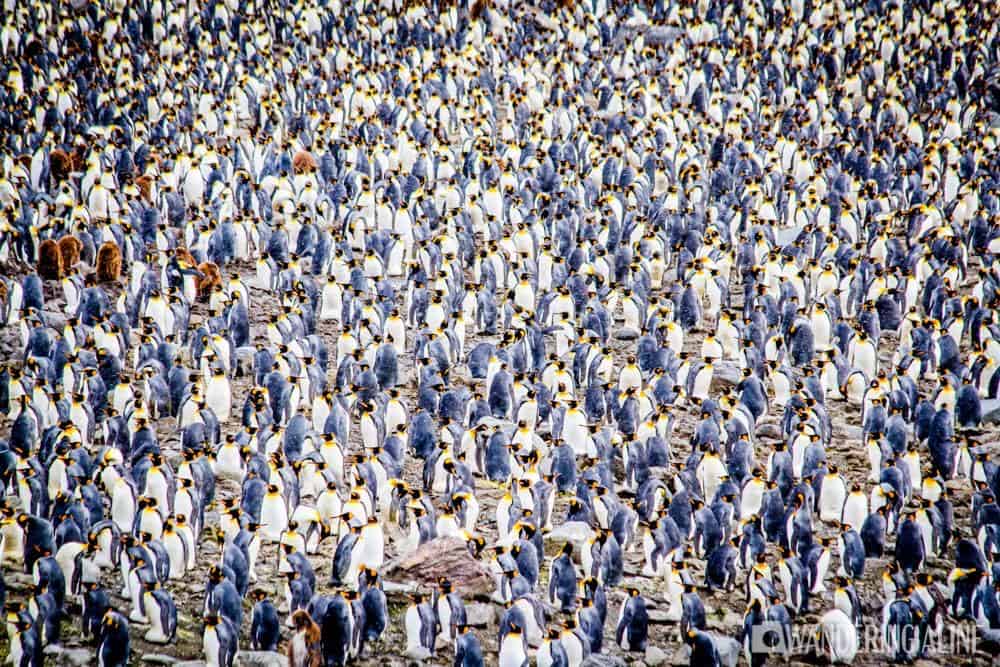
Conclusion
Most members of our group are active traveling photographers. Many use their cell phone camera and get nice pictures. Others go a little further, like Aline, Richard and Bernard to the point of making it a passion and a profession. The results go from pretty to memorable.
In this article, we shared basic tips about image composition, the equipment that needs to be adapted to your goals, strategies to improve your shots, and finally, advice on how to store the pictures.
Aline, Richard and Bernard will soon offer you the opportunity to discuss with them according to the interests you share in a survey on the Facebook group. Stay alert!



